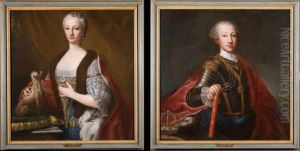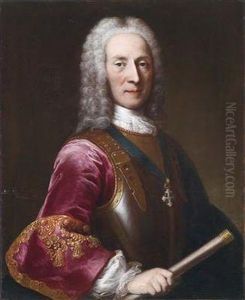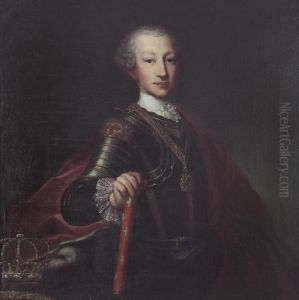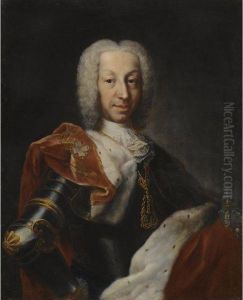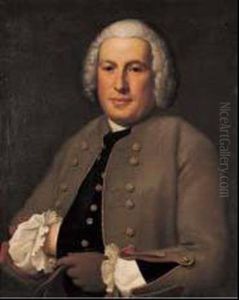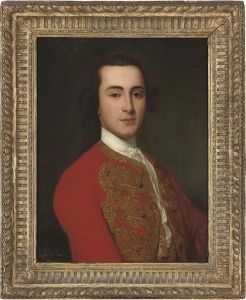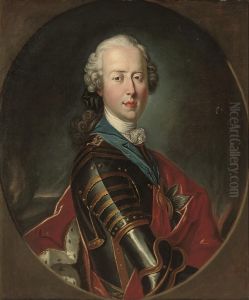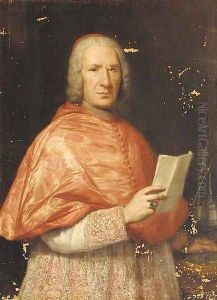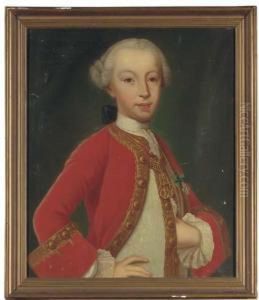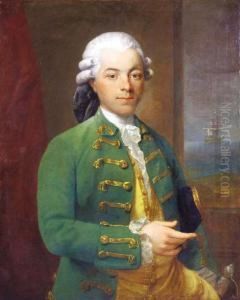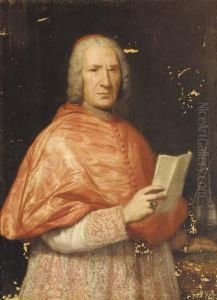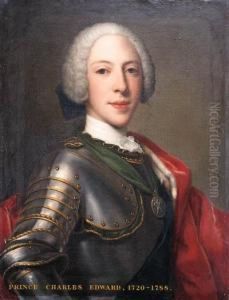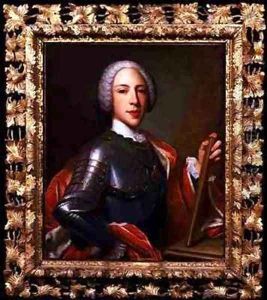Domenico Dupra Paintings
Domenico Dupra was an Italian painter and portraitist born in 1689 in Turin, Italy. His artistic journey is closely tied to the Baroque period, a time characterized by dramatic expression and grandeur in the arts. Dupra's work primarily focused on portraiture, where he excelled in capturing the likeness and character of his subjects with remarkable detail and sensitivity.
His early years were influenced by the rich artistic environment of Turin and possibly by the works of contemporary Italian artists. Although specific details about his education and early training are somewhat scarce, it is clear that Dupra had access to a vibrant artistic community, which played a crucial role in the development of his style and technique.
In the course of his career, Dupra gained notable recognition and patronage. He worked for various members of European nobility, including the royal families of Italy and Spain, which was a significant achievement for an artist of his time. His portraits were highly valued for their elegance, realism, and the way they captured the social and political stature of his subjects.
One of Dupra's most notable works includes a portrait of the young King Louis XV of France, which exemplifies his ability to portray royal subjects with dignity and grace. This portrait, among others, helped to solidify his reputation across Europe as a master portraitist.
Despite his success, there are periods of Dupra's life that remain less documented, including his later years. He is believed to have continued painting until his death in 1770. Today, Domenico Dupra's works are preserved in various museums and collections, where they continue to be studied and admired for their contribution to the Baroque period's portrait painting.
Throughout his life, Dupra's talent for capturing the essence of his subjects made him a sought-after portraitist. His legacy lies not only in the beauty of his art but also in his influence on the development of portrait painting during the Baroque era. His death in 1770 marked the end of a prolific career, but his works live on, a testament to his skill and artistic vision.
